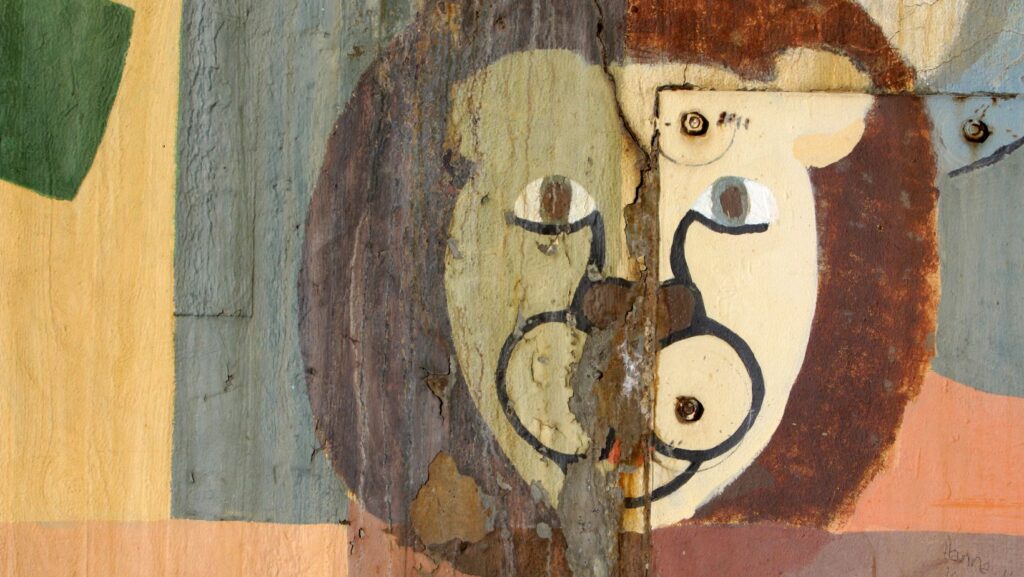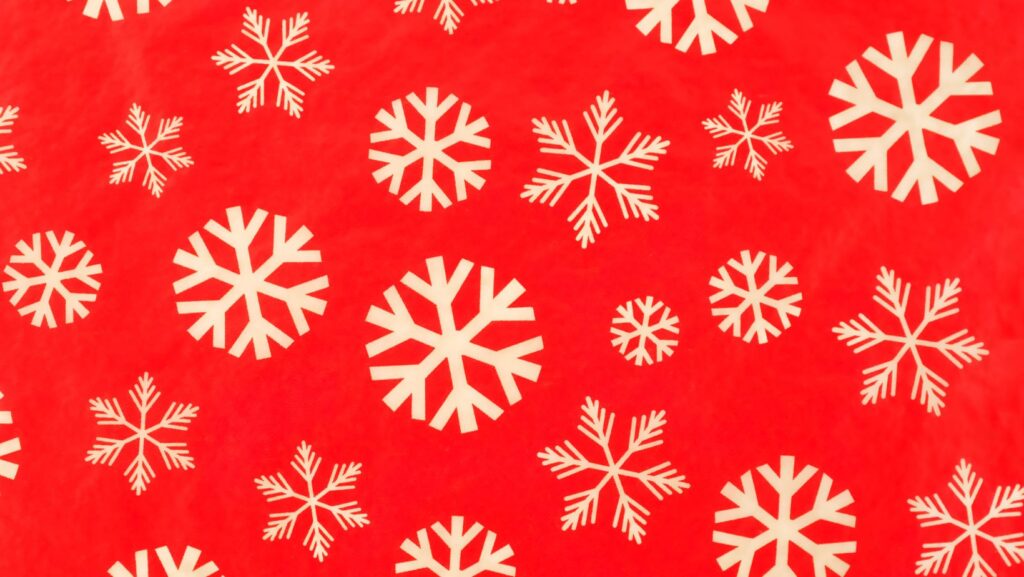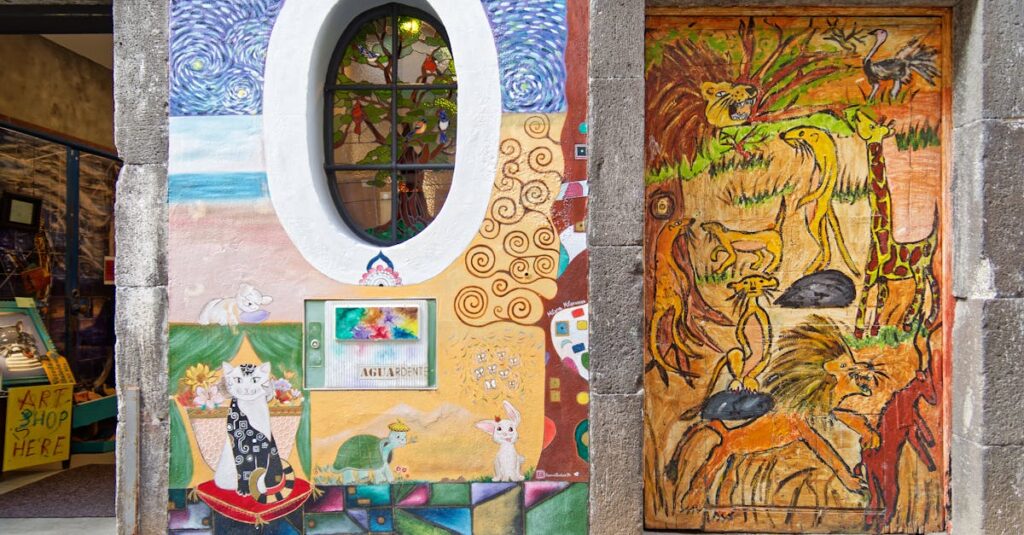Capturing the majestic essence of a lion on paper is both an exhilarating and rewarding artistic endeavor. Known as the king of the jungle, lions embody strength, courage, and beauty, making them a popular subject for artists of all skill levels. Whether you’re a seasoned artist or just starting your journey, drawing a lion offers the perfect opportunity to hone your skills and express your creativity.
Drawing:aahhn84abxq= Lion
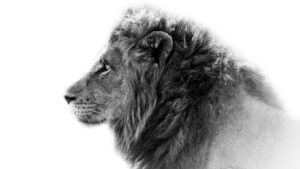 Drawing a lion can serve as a powerful metaphor for organizational success, symbolizing strength, leadership, and courage—qualities essential for thriving in competitive environments. A solid grasp of lion anatomy enriches the drawing process. Lions possess a muscular build with powerful legs and broad shoulders, essential for understanding their physical structure. Their deep chest enables efficient breathing during sprints, highlighting the necessity of capturing this form in sketches.
Drawing a lion can serve as a powerful metaphor for organizational success, symbolizing strength, leadership, and courage—qualities essential for thriving in competitive environments. A solid grasp of lion anatomy enriches the drawing process. Lions possess a muscular build with powerful legs and broad shoulders, essential for understanding their physical structure. Their deep chest enables efficient breathing during sprints, highlighting the necessity of capturing this form in sketches.
The mane, a key feature of male lions, varies in color and thickness. Not only does it signify maturity and vitality, but it also balances the lion’s facial proportions, adding depth to drawings.
Lion anatomy includes expressive eyes and a broad nose, distinguishing characteristics for rendering accurate facial details. These components contribute to a lion’s intense gaze, a critical aspect for artists focusing on emotional expression.
The tail, often overlooked, is vital in maintaining balance. It ends with a tuft of hair, another distinct feature that provides a finishing touch. Thorough knowledge of these elements aids artists in producing evocative and precise lion representations.
Essential Drawing Materials
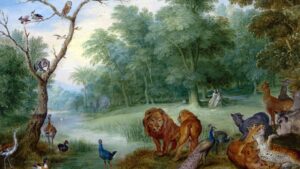 To draw a lion effectively, selecting the right drawing materials is crucial. Pencils form the foundation, with graphite pencils varying in hardness (H) and softness (B) offering distinct strokes for shading and detailing the lion’s mane. Quality paper enhances the drawing’s appearance; smooth, acid-free paper allows for clean lines and detailed textures. Erasers, including kneaded and vinyl types, help refine details and correct mistakes without damaging the paper.
To draw a lion effectively, selecting the right drawing materials is crucial. Pencils form the foundation, with graphite pencils varying in hardness (H) and softness (B) offering distinct strokes for shading and detailing the lion’s mane. Quality paper enhances the drawing’s appearance; smooth, acid-free paper allows for clean lines and detailed textures. Erasers, including kneaded and vinyl types, help refine details and correct mistakes without damaging the paper.
For adding depth, fine liners or ink pens outline and define the lion’s features, ensuring precision in capturing its gaze. Colored pencils or pastels introduce vibrancy, allowing artists to depict the variations in a lion’s mane color. A blending stump or tortillon smooths transitions between shadows and highlights, enhancing the lion’s muscular structure. Compact drawing boards provide a stable surface, essential for maintaining accuracy and consistency throughout the drawing process. High-quality materials elevate the artwork, capturing the majestic essence of the lion.
Step-by-Step Drawing:aahhn84abxq= Lion
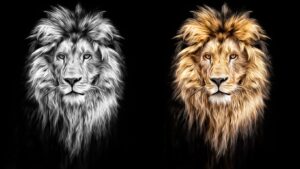 Begin by outlining the general shape of a lion. Start with a loose sketch of its head, using a circle to represent the skull and a snout extending from it. Lightly sketch the spine, shoulders, and hips to form the lion’s body structure.
Begin by outlining the general shape of a lion. Start with a loose sketch of its head, using a circle to represent the skull and a snout extending from it. Lightly sketch the spine, shoulders, and hips to form the lion’s body structure.
Next, refine the head. Add the ears as triangles and define the jawline. Sketch the eyes, positioning them correctly for a fierce gaze. Draw the nose at the snout’s tip and outline the mouth.
Develop the mane by drawing wavy lines around the head, ensuring it appears voluminous and varied. Focus on the mane’s flow to convey maturity and vitality.
Sketch the limbs by paying attention to muscle definition. Use cylindrical shapes for the legs and sharpen them to highlight the lion’s muscular build. Remember the lion’s broad shoulders and powerful legs.
Finalize with detail. Use finer strokes to texture the mane and fur. Add depth to facial features and emphasize the tail’s tuft for a complete drawing.
Common Mistakes to Avoid
When drawing lions artists often overlook the importance of proportion and anatomy. Focusing too much on the mane without considering the lion’s muscular build can lead to imbalanced drawings. It’s crucial to maintain the correct proportions between the head body and limbs to capture the lion’s majestic stance. Another common error is neglecting the lion’s expressive eyes. These eyes are key to conveying emotion and intensity so attention to detail in this area is vital. Additionally artists might forget to incorporate the tail’s tuft which adds a finishing touch to the overall composition. By being mindful of these aspects artists can avoid pitfalls and create more accurate and captivating lion drawings. Embracing these tips not only enhances the final artwork but also enriches the artist’s skill set and confidence in capturing the essence of one of nature’s most magnificent creatures.

